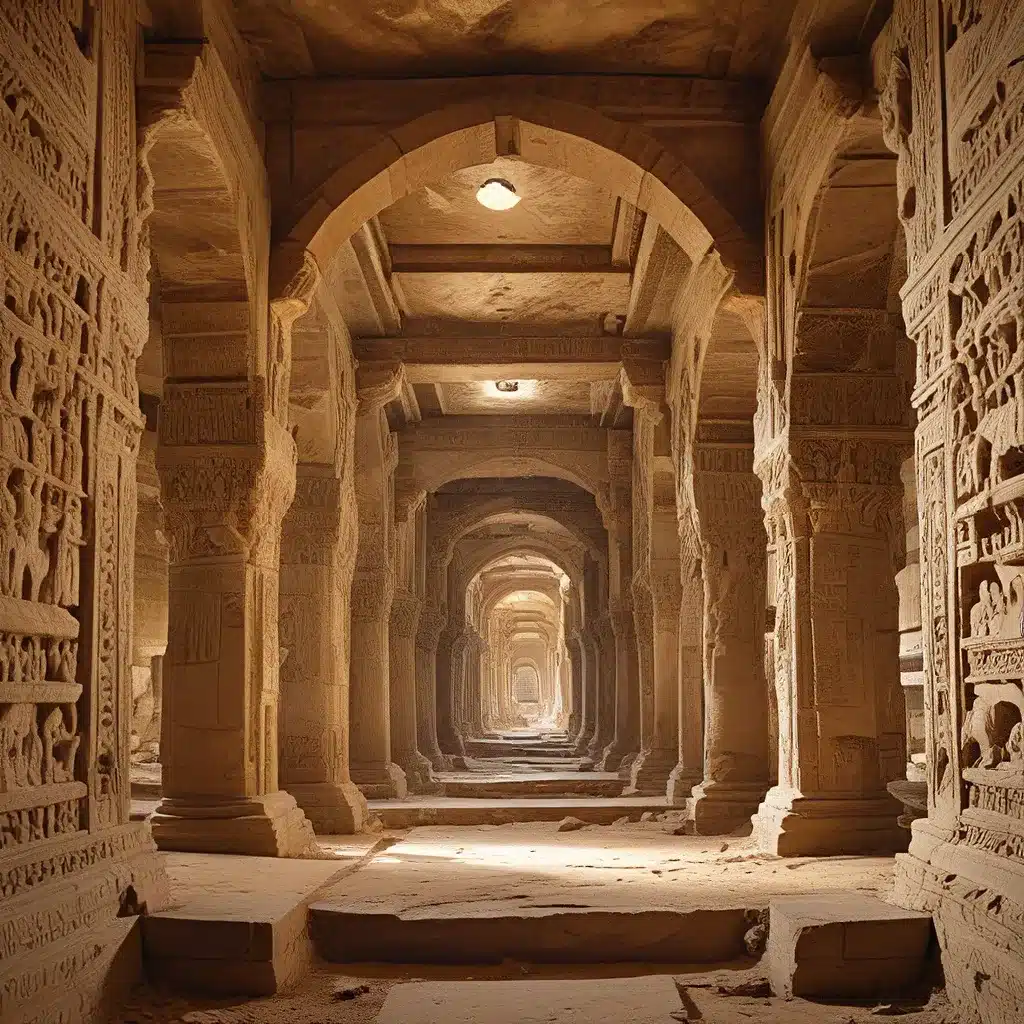
Throughout history, humanity has been captivated by the remarkable achievements of ancient civilizations. From the towering pyramids of Egypt to the enigmatic Nazca Lines of Peru, these lost worlds have left an indelible mark on the collective imagination of our species. As modern-day explorers and researchers uncover the secrets of the past, we are consistently amazed by the sheer technological prowess of our ancestors.
Decoding the Complexities of Ancient Scripts
One of the most remarkable feats of ancient engineering was the development of sophisticated writing systems. While it is widely believed that writing originated in Mesopotamia around 3200 BCE, recent discoveries in the Indus Valley have pushed back the timeline to around 3500 BCE. This early form of writing, known as the Indus script, remains undeciphered, leaving us in awe of the complexity and sophistication of this ancient civilization.
The Indus script provides a glimpse into a society that valued record-keeping and communication, showcasing their advanced understanding of language and symbolism. The pursuit to crack the code of this enigmatic writing system continues to captivate scholars and linguists, as each new discovery brings us closer to unraveling the mysteries of this lost civilization.
Mechanical Marvels of the Ancient World
In addition to their mastery of language and communication, ancient civilizations also displayed remarkable prowess in the field of mechanical engineering. The Antikythera Mechanism, discovered in a shipwreck off the coast of Greece, is considered the world’s oldest analog computer, dating back to the 2nd century BCE.
This intricate instrument was used to predict astronomical positions and eclipses with remarkable accuracy, showcasing the ancient Greeks’ deep understanding of mathematics, mechanics, and astronomy. The Antikythera Mechanism serves as a testament to the ingenuity and technical prowess of our ancestors, challenging the notion that technological progress is a purely linear phenomenon.
Pioneering Advancements in Ancient Medicine
While ancient civilizations are often celebrated for their architectural and engineering feats, their contributions to the field of medicine are equally remarkable. The ancient Egyptians, for example, developed a sophisticated understanding of anatomy and medical treatments, as evidenced by the Edwin Smith Papyrus, a document dating back to around 1600 BCE.
This papyrus contains detailed descriptions of various medical conditions, injuries, and surgical procedures, revealing the Egyptians’ knowledge of the human body, including the circulatory system and the brain, as well as their use of herbal remedies and surgical techniques. The ancient Egyptians’ medical advancements laid the foundation for the development of modern healthcare practices, underscoring the profound impact of their innovations.
Unveiling the Mysteries of Lost Civilizations
As we delve deeper into the past, we uncover not only remarkable technological achievements but also the captivating mysteries surrounding ancient civilizations. The lost city of Pompeii, buried beneath the ashes of Mount Vesuvius, is a prime example of how archaeological discoveries can shed light on the lives and cultures of those who came before us.
The excavation of Pompeii has provided a unique glimpse into the daily lives of the ancient Romans, from their architectural marvels to their cultural practices. Similarly, the search for other lost cities, such as the legendary El Dorado or the underwater ruins of Dwarka in India, continues to captivate our imaginations and drive archaeological expeditions, each new discovery unlocking a piece of the puzzle that is our shared human history.
Deciphering the Symbols and Myths of Antiquity
Alongside the physical remnants of ancient civilizations, the myths, legends, and symbolic representations left behind by our ancestors offer valuable insights into their beliefs, values, and cultural practices. From the Greek gods to the Norse mythology, these narratives provide a vivid tapestry of ancient societies, allowing us to connect with the past and better understand the essence of these lost worlds.
Lessons from the Past for Future Technological Advancements
As we marvel at the technological achievements of ancient civilizations, it is essential to reflect on the lessons we can learn from their innovations. Sustainable design, collaborative efforts, and embracing cultural diversity are just a few of the key insights that can guide us in shaping the technological landscape of the future.
The technological marvels of the ancient world continue to captivate and inspire us, reminding us of the remarkable ingenuity and problem-solving skills of our ancestors. As we explore the lost kingdoms of the past, we uncover not only the physical remnants of their achievements but also the profound lessons that can guide us towards a future where technology and innovation work in harmony with our shared cultural heritage and environmental sustainability.


